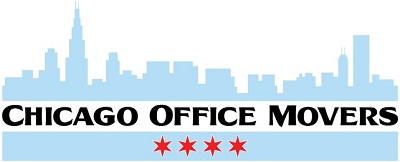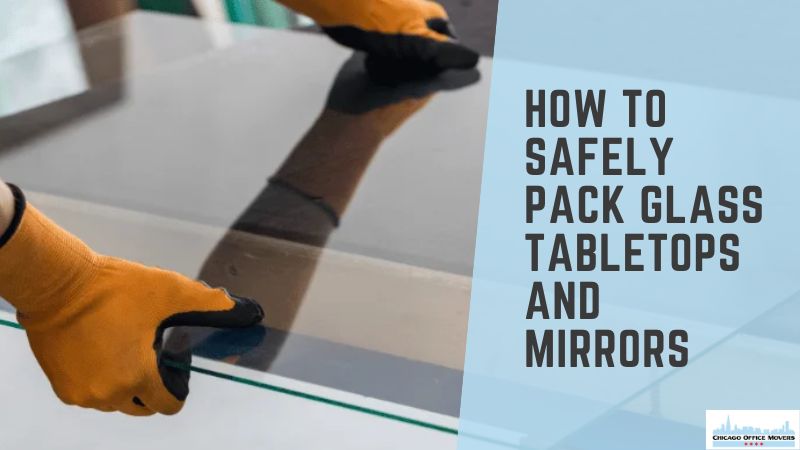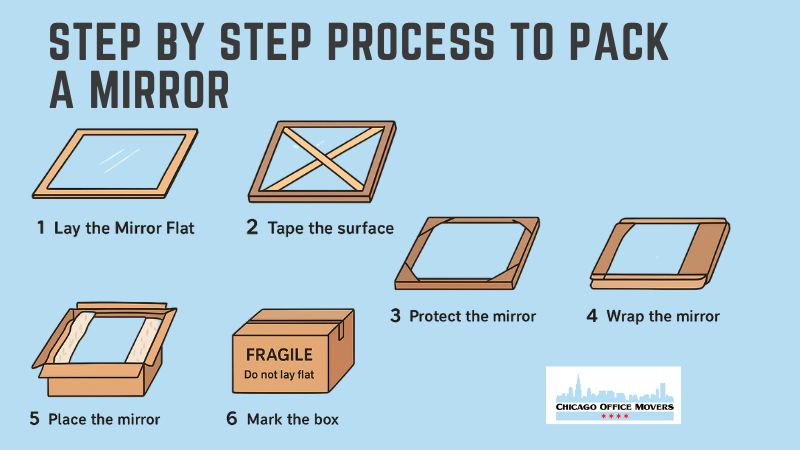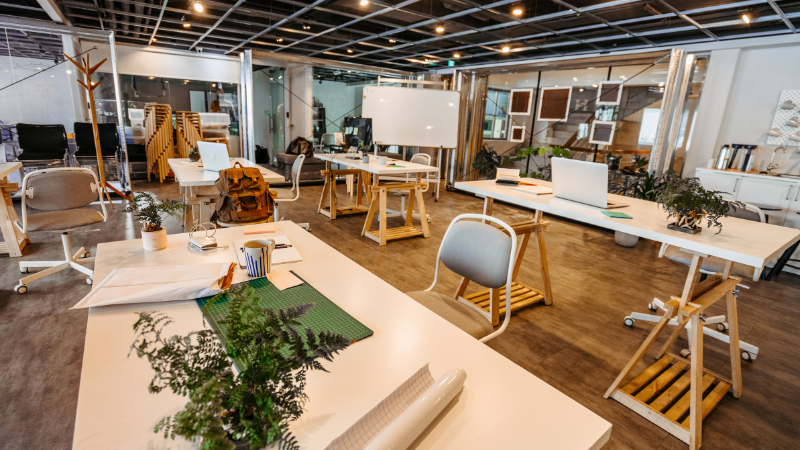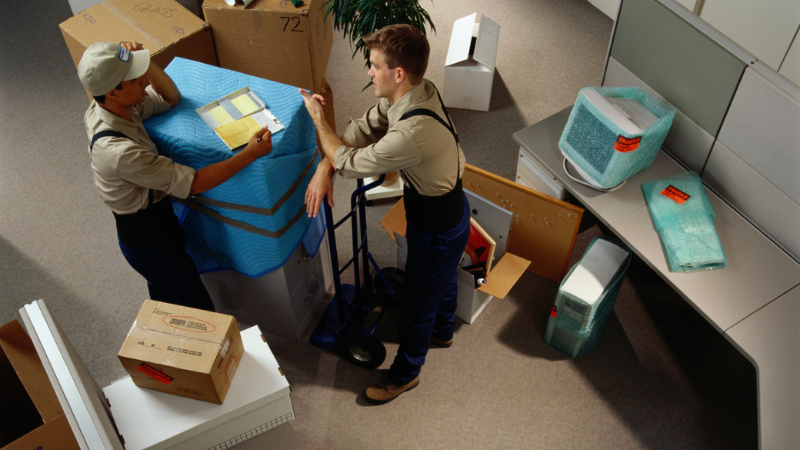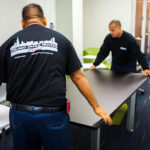
How to Tell If a Moving Company Is Reputable
How to Tell If a Moving Company Is Reputable
Written by Chicago Office Movers on . Posted in Moving Tips, Office Moving
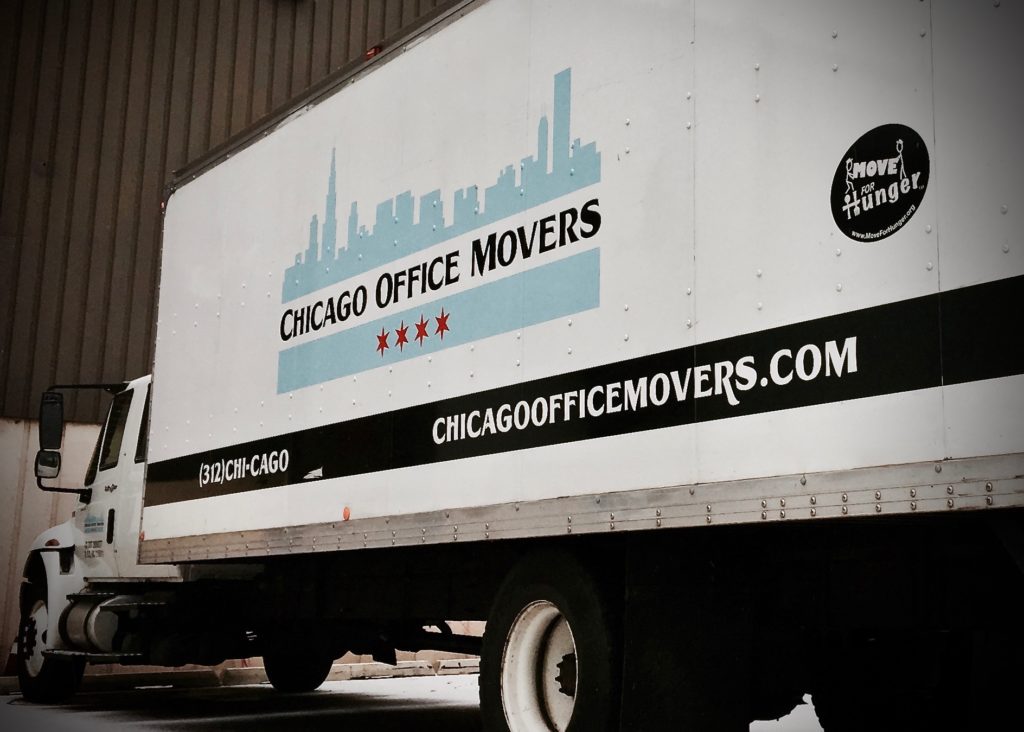
Choosing a reputable commercial mover is critical to the success of an office relocation. Unknowingly hiring a non-licensed, unqualified mover can lead to a host of problems, not to mention disruptions to business operations. Here is how to know when a moving company is reputable to avoid a bad moving experience.
Why is it important to hire a trustworthy mover?
Relocating a business is a daunting and time-consuming task. Business owners spend time planning, coordinating, and executing the move. By choosing the right commercial mover, company owners can be assured that their valuables will be delivered on time and within budget.
A reputable commercial mover trains their moving crews to safely pack all types of office assets. Careful packing prevents damage to the goods throughout the office relocation. A good mover also utilizes a well-planned moving process, completing the move in a timely manner, reducing downtime, and minimizing risk for damage to both building and company property.
What are the risks of hiring an unreputable mover?
Hiring a rogue mover, on the other hand, increases the number of problems a business owner may face. A bad mover causes unnecessary delays, which can significantly impact workflow. Damage to business assets during the move costs a business owner more time and money.
Scammers posing as commercial moving company representatives are out for money, asking for payment upfront and holding the business goods hostage until the additional fees they demand are paid. Denying payment provokes rogue movers, who sell the goods or disappear completely.
How do business owners tell if a moving company is reputable?
1. Look Up the DOT Number
Identifying a legitimate commercial moving company is a priority for businesses planning to relocate across state lines. Check the USDOT (US Department of Transportation) Number first. Good movers follow the regulations set forth by the Federal Motor Carrier Safety Administration (FMCSA).
The FMCSA mandates that movers register a DOT Number, which serves as a unique identifier for the DOT and FMCSA to monitor and assess a company’s compliance reviews, crash investigations, audits and inspections. The number can be easily used to look up safety information prior to hire.
2. Check the ICC Website
While looking up the DOT Number is helpful for interstate moves, not all states require this number for local moves. Illinois movers for instance, are not required to register with the federal government. In cases of local relocations, obtain valuable info from the Illinois Commerce Commission website.
Check the ICC website at https://www.icc.illinois.gov/transportation. Enter the transportation entity name in the field under Motor Carrier Information System. Upon entering the prospective commercial mover’s company name, their ILCC Number, DOT Number, and Public Carrier Certificate information will appear and can be used to verify the legitimacy of their details.
Once the DOT Number appears, visit the government’s Safety and Fitness Electronics Records (SAFER) System at https://safer.fmcsa.dot.gov/CompanySnapshot.aspx. Upon entering the mover’s DOT Number, the pertinent safety rating, inspections, and status will appear. Use this information to assess the potential mover.
The company’s name and contact information, for instance, should match what is provided by the mover or found online. The DOT Number should be active. Plus, their operating status should be listed as “active” and not “out of service” or “unauthorized.”
3. Seek an Online Presence
Ensuring that a potential office mover has an online presence is also telling. A mover without a website should raise a red flag, as it indicates a possible moving scam. Moving company reps who arrive without a uniform or a moving truck without a logo are suspect, unless proven otherwise.
4. Examine Business Certifications and Licenses
A reputable mover is certified by the American Moving & Storage Association. Check online directories, such as the Better Business Bureau, for ratings and any complaints. Make sure the prospective mover is licensed and insured by the state, which protect the company and their customers.
5. Obtain an Estimate
The FMCSA mandates that movers provide a written estimate of all charges. These include transportation, accessorial, and advance charges. The estimate can be binding, which means the charge will not go over the estimate at delivery, or non-binding, which is not a guarantee of final costs.
6. Check Reviews
A credible commercial mover is usually well-rated. The business relies on their reputation within the community. Check for positive reviews and customer feedback to learn about the experiences of past corporate customers and their overall impression of working with the commercial mover.
7. Consider Additional Services
An office move is highly complex, necessitating additional services, such as packing and unpacking, as well as the availability of safe storage space. The availability of extra offerings helps streamline the commercial move process and reduces the business owner’s investment in time and effort.
Experience also influences the process of securing a reputable office mover. Years of industry experience signal to potential customers that the mover is trustworthy. When you’re looking for an experienced mover who ticks off all of the above boxes, look no further than Chicago Office Movers.
As a commercial mover offering interstate relocations, we abide by USDOT regulations and have a DOT Number. Moving crews are licensed, background-checked, and trained to deliver exceptional customer service and ensure that your office goods are handled with utmost care and maximum security.
 Companies large and small trust us for our many conveniences that make their corporate relocation easier. Among our offerings are short- and long-term storage facilities, paperwork storage, insurance and service contracts, and a free estimate. Our specialists can also help you plan the office relocation.
Companies large and small trust us for our many conveniences that make their corporate relocation easier. Among our offerings are short- and long-term storage facilities, paperwork storage, insurance and service contracts, and a free estimate. Our specialists can also help you plan the office relocation.
Our professional movers are experienced in undertaking the packing, transport and unpacking of a range of office goods. We’ve moved valuable antiques, bulky office furniture, and cubicles. Crews are trained to safely handle fragile IT systems, electronics, and science lab equipment, too.
Whether you plan to relocate locally, out of state, or internationally, Chicago Office Movers offers the experience, qualifications, and reputation that you can count on. Join our extensive list of satisfied business customers.
Schedule your free estimate today and let us help you relocate successfully. Call our Chicago, Illinois, location at 312-244-2246 (CHI-CAGO) or fill out a form for a free estimate.
Contact Us
Related Services
- Corporate Moving
- Commercial Moving
- Reliable Commercial Storage
- Specialty Commercial Moving
- Furniture Assembly
- Movers for Office Renovation
- Machinery Moving
- Library Moving
- Lab Moving
- Server Room Moving
- Office Movers in Rosemont, IL
- Commercial Moving in Bolingbrook, IL
- Commercial Movers in Naperville, IL
- Commercial Movers in Des Plaines, IL
- Commercial Moving Services in Aurora, IL
- Schaumburg Office Movers
- Commercial Moving Services in Oakbrook, IL
- Commercial Movers in The North Shore
- Commercial & Office Moving Services Deerfield, IL
- Commercial & Office Movers in Hinsdale, IL
- Elk Grove Village Commercial Movers
- Furniture, Fixtures and Equipment Services
- Commercial Mover in Lincolnshire, IL
- Office Packers in Lincolnshire, IL
- Office Decommissioning in Lincolnshire, IL
- Professional Movers in Downers Grove, IL
- Moving Company in Chicago, IL

